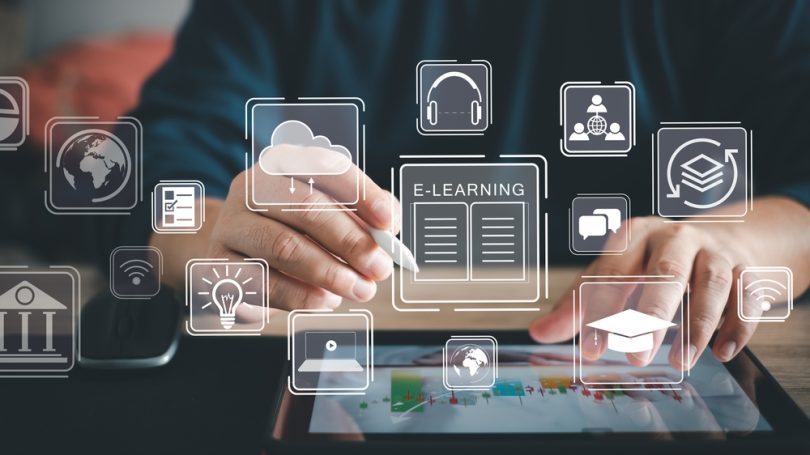Technology has become an integral part of our lives, and its use in education is no exception.
Technology has revolutionized the way we learn and has opened up new possibilities for students and educators alike.
In this article, we will explore the various benefits and challenges associated with technology in education, as well as provide examples of how technology is being used in the classroom.
Definition of Technology
Technology is the application of scientific knowledge for practical purposes, especially in industry.
It is the use of machines, tools, and other devices to improve productivity and efficiency.
Technology has become ubiquitous in our daily lives, and its use in education is no exception.
Definition of Education
Education is the process of receiving or giving systematic instruction, especially at a school or university.
It is the process of acquiring knowledge, skills, values, beliefs, and habits.
Education is essential for the growth and development of individuals and societies, and technology can play a major role in enhancing the educational experience.
Benefits of Technology in Education
Technology can be used to improve the learning experience in a variety of ways.
Here are some of the most common benefits associated with technology in education:
Increased Access to Information
Technology has made it easier than ever for students to access a wealth of information from around the world.
With the advent of the internet, students can now access various libraries, blogs, and educational websites at the click of a button.
This allows them to research topics more thoroughly and gain a better understanding of the subject matter.
Improved Communication
Technology has also improved communication between teachers and students of different ages.
Through email, text messages, video conferencing, and other forms of communication, teachers, and students can communicate more quickly and efficiently.
This allows for quicker feedback and more personalized instruction.
Enhanced Learning
Technology can also be used to create interactive and engaging learning experiences.
For example, virtual reality simulations can be used to immerse students in new worlds and give them a better understanding of the material.
Similarly, augmented reality applications can be used to create interactive learning experiences that make the material come alive.
Examples of Technology in Education

Technology has been used in education for decades, and its use continues to evolve. Here are some of the most common examples of technology in education:
Online Learning
Online learning has become increasingly popular in recent years.
Technology has made it possible for students to access educational materials online, allowing them to learn at their own pace and in their own time.
This has opened up educational opportunities to students who may not have had access to traditional classroom settings.
Virtual Reality
Virtual reality (VR) is a computer-generated simulation of a three-dimensional environment.
It can be used to create immersive learning experiences, allowing students to explore new worlds and gain a better understanding of the material.
VR can also be used to simulate real-world scenarios, such as medical procedures or engineering projects.
Artificial Intelligence
Artificial Intelligence (AI) is the simulation of human intelligence processes by machines.
AI can be used to create intelligent tutoring systems, providing personalized instruction and feedback to students.
AI can also be used to analyze data and provide insights into student performance.
Challenges with Technology in Education
Although technology can provide many benefits to education, there are also some challenges associated with its use.
Here are some of the most common challenges with technology in education:
Accessibility
Technology can be expensive, and not all students have access to the same resources.
This can create an unequal playing field, where some students have access to more advanced technology than others.
Security
Technology can also be vulnerable to cyber attacks, which can lead to data loss or compromised information.
This can be a major concern for schools, as they must ensure that student data is secure and protected.
Digital Divide
Finally, technology can create a divide between those who have access to it and those who do not.
This can lead to unequal educational opportunities, as those with access to technology will have a greater advantage than those without.
Conclusion
Technology has the potential to revolutionize the way we learn, providing a wealth of benefits to students and educators alike.
However, there are also some challenges associated with its use, such as accessibility, security, and the digital divide.
These challenges must be addressed in order to ensure that everyone has equal access to educational opportunities.
As technology continues to evolve, it will continue to shape the way education is delivered in the future.







